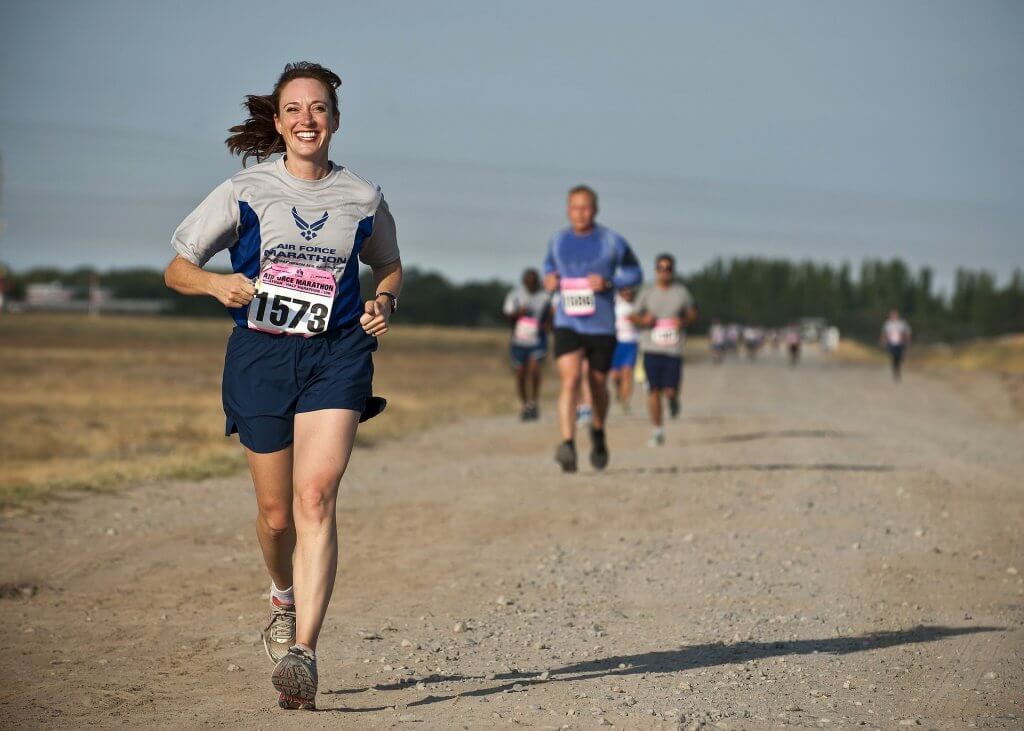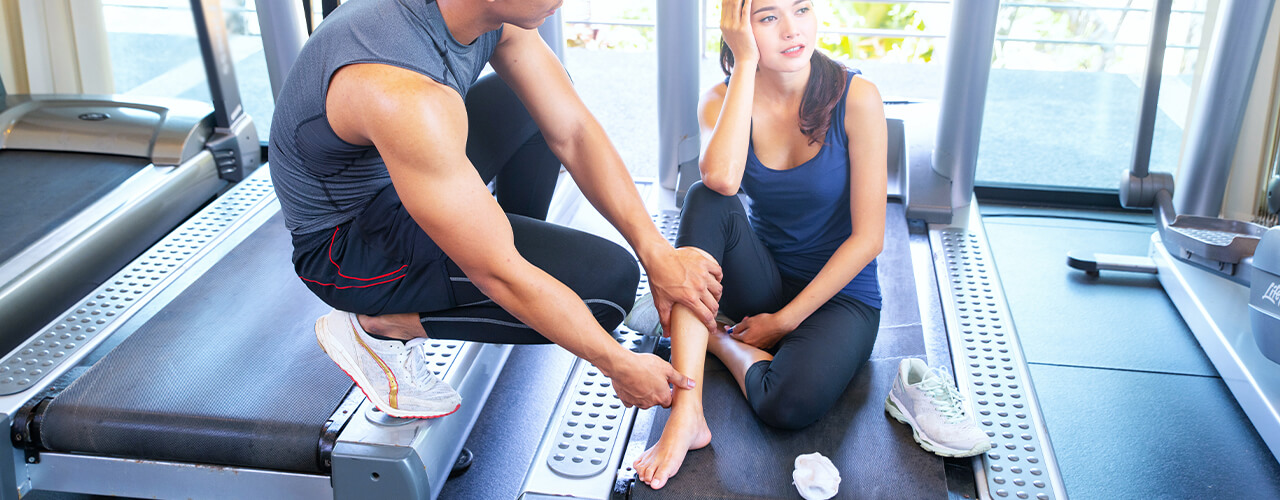Some of us do not have to contend with joint pain, while others could be in constant agony that lasts for years. Joint pain can be caused by a number of different things, including injury or prolonged strain on the hip and knee joints. Fortunately, there are a few good remedies that can be used in many cases to alleviate your joint pain. By following these tips below you’ll soon be feeling much better!
1) Keep Your Legs Moving
In order to combat joint pain make sure you get enough exercise [3] . This doesn’t mean going for a long run if you’re struggling with your knees; rather it means finding small exercises you can easily add into your day that will help strengthen them without hurting too badly. You might want to start with walking, for example. If your knees hurt when you walk then stick on the bus. It’s important to keep moving in order to get blood flowing through your muscles, which will help to reduce stiffness and some of the pain associated with injury.
2) Take The Right Medication
Medication can play a big role in reducing joint pain. There are several different sorts that may be prescribed by your doctor; these include non-steroidal anti-inflammatory drugs (NSAIDS), steroid injections or oral medications. Some people benefit more from NSAIDs than others, so if one doesn’t work for you then try another one until you find the medication that reduces your joint pain significantly.
3) Try Acupuncture
Acupuncture is something that has been practised for thousands of years and can provide relief from a number of different types of pain. This form of traditional Chinese medicine involves inserting extremely thin needles into specific points around the body, usually in order to alleviate stress or pain. According to users, acupuncture provides relief from both Arthritis and chronic pain which makes it an excellent way to treat your hip and knee pain at home.
4) Eat Healthy Food
There are certain foods you should try to eat if you want to help reduce joint swelling and arthritis. Blueberries, apples, kelp and oranges all contain anti-inflammatories that help prevent injury as well as reduce swelling. In addition, you should try to avoid refined sugars and processed foods as much as possible, since these tend to make inflammation worse.
5) Get Lubricated Joints Replaced
If all else fails then it may be a good idea to ask your doctor about lubricated joints [11] . Lubricant replacement treatments are usually used for older people who have worn out their natural fluid over time. These replacements help to rejuvenate the blood flow around the joint and can help relieve arthritis symptoms in some cases.
In conclusion, there are many simple things that you can do every day that will alleviate the pain associated with hip or knee injury. The best way is to keep through gradual exercises, take the recommended medication and eat healthy food. If these remedies don’t work however, you should see your doctor to see what they say about lubricated joints.
Home Remedies for Hip Pain
You may have been born with two left feet, but you can relieve hip pain in the same way that dancers do. When members of the Washington Ballet experience hip pain, they use a home remedy known as the RICE method — which stands for rest, ice, compression, and elevation — to alleviate the pain and allow them to return to their art form.
Amy Humphrey, DPT, a physical therapist and spokesperson for the American Physical Therapy Association, works with the Washington Ballet and advises dancers to use home remedies such as RICE when hip pain sidelines them.
Using RICE for Hip Pain Relief
Anyone can use the RICE method, whether your goal is to slip on a pair of pointe shoes or a pair of sneakers for a daily walk. Here’s what to do.
- Rest. The first thing Humphrey tells her patients is to rest, which means avoiding the activities that cause the pain. “It might mean runners stop running for a week and then start back up at a reduced pace and see how it goes,” Humphrey says. She recommends resting for at least 24 to 48 hours.
- Ice. Applying an ice pack to the area where you’re feeling the pain can reduce inflammation and make your hip feel better. If hip pain is very intense, Humphrey recommends using ice four or five times a day for 10 to 15 minutes at a time. An ice pack can be anything from a plastic baggie filled with ice to a bag of frozen vegetables (peas are great). Wrap a towel around the ice pack to avoid irritating your skin.
- Compression. Humphrey uses compression by wrapping a thick Ace bandage around the pelvis and hip.
- Elevation. Elevating a painful joint can reduce swelling and help relieve pain. It’s easier to elevate your ankle or knee than your hip, but it’s still possible. Humphrey recommends reclining with your feet up to try to get the benefits in your hip.
Are You Looking for Relief for Your Hip and Knee Pain?
Pace Physical Therapy in San Jose, California specializes in non-surgical relief and recovery therapies for injuries. Our physical therapists in San Jose, CA are movement professionals who can help you heal easily and accomplish your physical goals. Do your knees feel sore, or do they feel as if, without warning, they could buckle under you? Do sharp hip pains find it hard to get up in the morning, walk about during the day, and lay down at night? Hip joint pain and knee pain, especially if you’re dealing with both, can seriously interfere with your life. Whatever could be uncomfortable for you, physical therapy may help you get safely and easily to the source of your problem without the need for harmful drugs or surgery. To alleviate your hip and knee pain entirely, make an appointment with Pace Physical Therapy in San Jose, CA, saving you the need for potentially harmful medicine or surgical correction. We strive every day to provide excellent service for all our patients because we understand it can be frustrating not being able to do what you love most due to an injury keeping us off the field or court! Contact us today to schedule your appointment!



